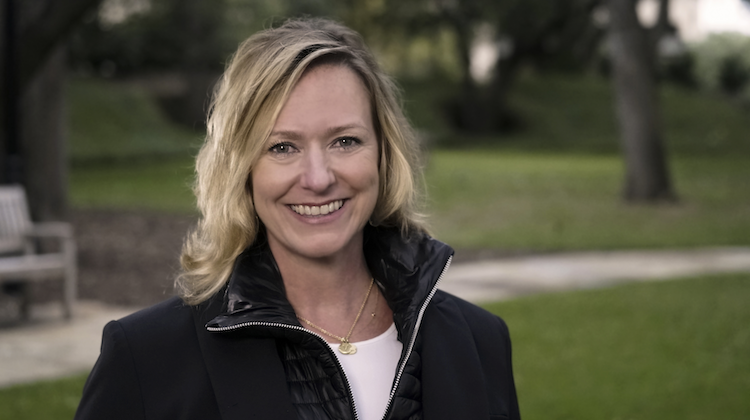Culture and Talent
USAA’s Heather Cox is blurring the lines between business and technology
- Since Heather Cox took the reins at USAA last year, she's been working on blurring the lines of technology and business, making the company more digitally oriented -- like a big tech firm
- Technology and empathy drive businesses today, not checking accounts and insurance plans, Cox said










